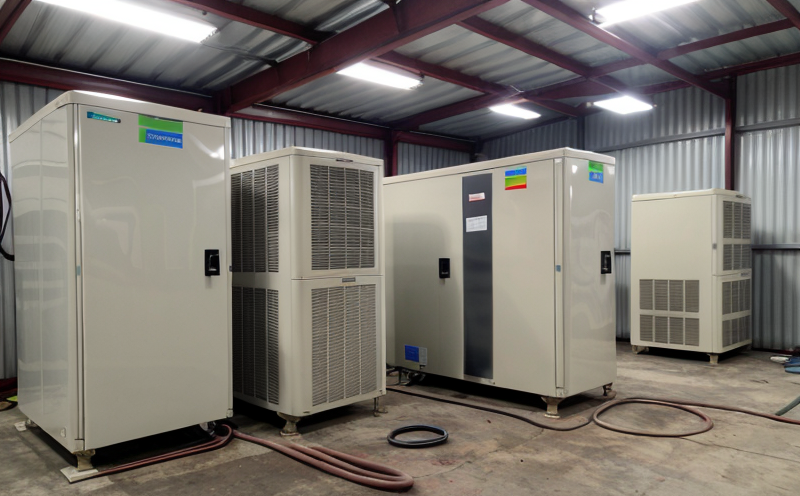ISO 817-3 Refrigerant Charge and System Evaluation
The ISO 817 series of standards provides a comprehensive framework for evaluating refrigeration equipment. Specifically, ISO 817-3 focuses on the determination of refrigerant charge in closed systems through the measurement of pressure and temperature. This service is essential for quality managers, compliance officers, R&D engineers, and procurement personnel responsible for ensuring that HVAC equipment meets stringent international standards.
The process involves several critical steps to accurately determine the refrigerant charge:
- Preparation: The system must be sealed and isolated from external influences. Any leaks or open connections should be addressed prior to testing.
- Measurement: Using calibrated instruments, pressure and temperature are recorded at various points within the system.
- Data Analysis: Calculations based on these measurements help determine whether the refrigerant charge is within specified limits as per ISO 817-3 guidelines.
- Reporting: A detailed report is generated, outlining findings and recommendations for any necessary adjustments or corrections.
The accuracy of this testing directly impacts system performance, energy efficiency, and overall compliance with regulatory requirements. For instance, an accurate refrigerant charge ensures that the equipment operates efficiently without unnecessary stress on components like compressors or expansion valves.
Compliance with ISO 817-3 is crucial for several reasons:
- Avoidance of Penalties: Non-compliance can result in penalties and reputational damage.
- Enhanced Efficiency: Properly charged systems operate more efficiently, reducing operational costs over time.
- Safety: Ensures that the system operates safely under all conditions, minimizing risks to personnel and equipment.
In addition to these benefits, this service also aids in research and development efforts by providing reliable data for improving designs and processes. It allows procurement teams to select suppliers who adhere strictly to international standards, ensuring consistency across product lines.
Our team of experts uses state-of-the-art equipment and follows strict protocols to ensure accurate results every time. We pride ourselves on delivering not only precise measurements but also actionable insights that help our clients make informed decisions about their HVAC systems.
Why Choose This Test
Selecting ISO 817-3 Refrigerant Charge and System Evaluation offers numerous advantages:
- International Recognition: Adherence to international standards enhances your company’s reputation both domestically and internationally.
- Cost Savings: Properly maintaining the charge can extend the lifespan of your equipment, reducing replacement costs significantly over time.
- Regulatory Compliance: Meeting these stringent requirements helps avoid potential legal issues associated with non-compliance.
- Precision and Accuracy: Our advanced testing methods ensure precise measurements that contribute to better overall performance.
- Expertise GuidId





